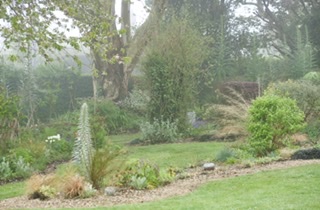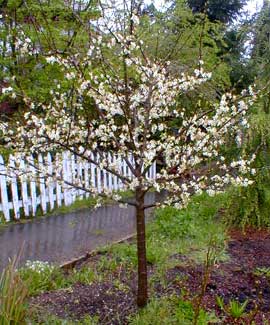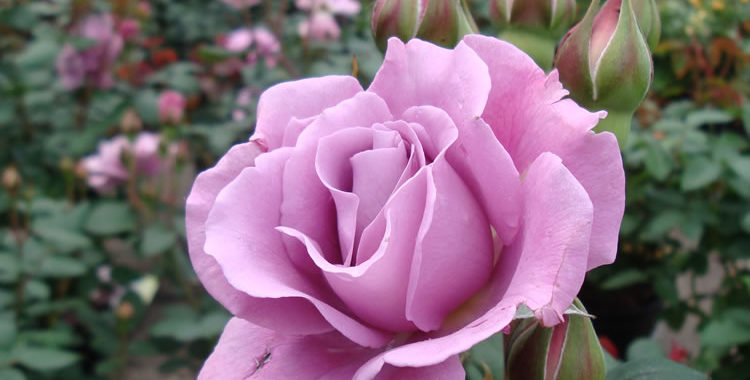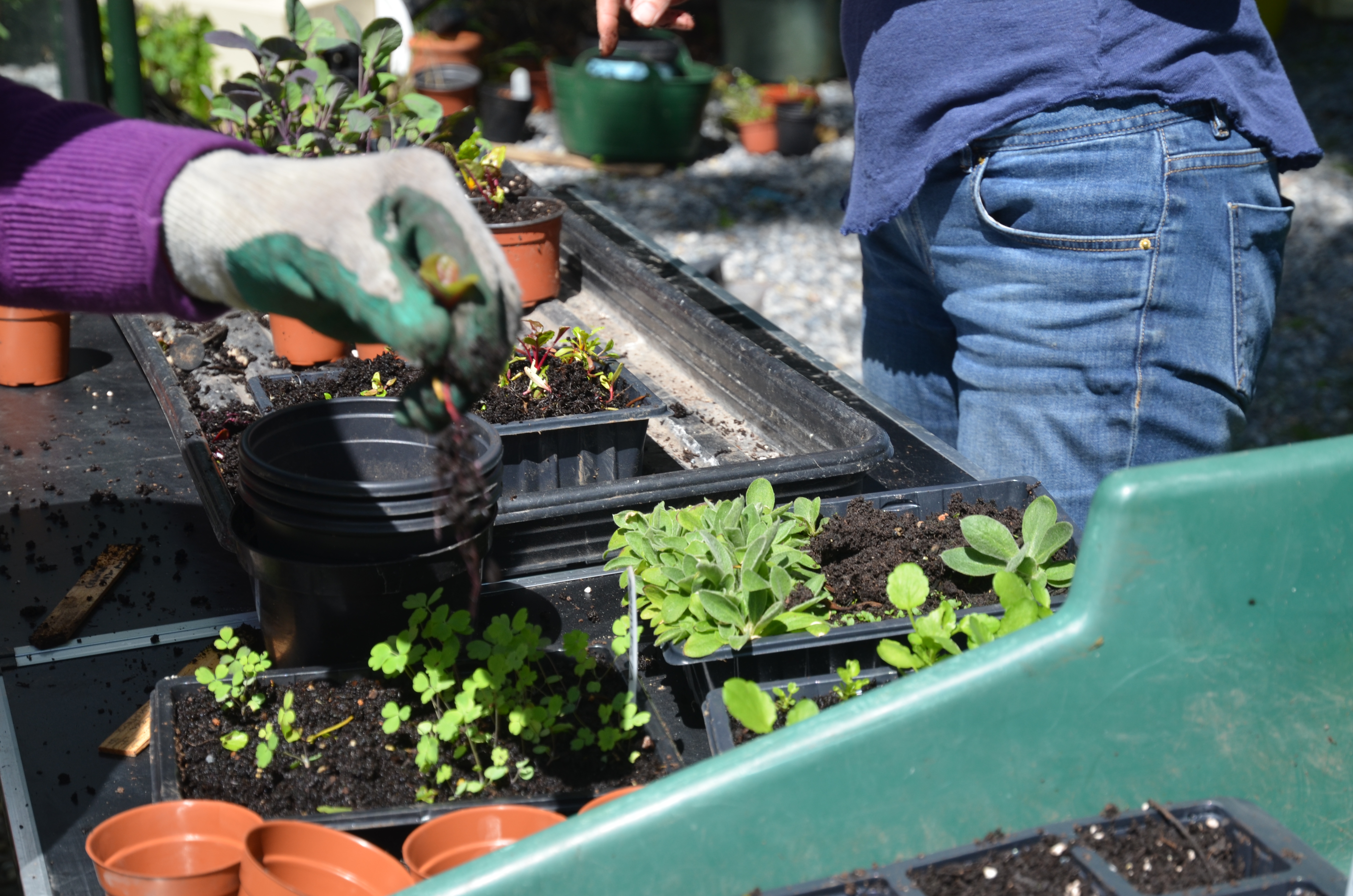Topiary – Cloud Pruning
Origin
European topiary dates from Roman times. Pliny’s Natural History and the epigram writer Martial both credit Cnaeus Matius Calvinus, in the circle of Julius Caesar, with introducing the first topiary to Roman gardens. Pliny the Younger describes in a letter the elaborate figures of animals, inscriptions, cyphers and obelisks in clipped greens at his Tuscan villa. Within the atrium of a Roman house or villa, a place that had formerly been quite plain, the art of the topiarius produced a miniature landscape (topos- a Greek word) which might employ the art of stunting trees.
Cloud-pruning The clipping and shaping of shrubs and trees in China and Japan have been practised with equal rigour, but for different reasons. The goal is to achieve an artful expression of the “natural” form of venerably aged pines, given character by the forces of wind and weather. Their most concentrated expressions are in the related arts of Chinese Penjing and Japanese Bonsai.
Japanese cloud-pruning is closest to the European art. The cloud-like forms of clipped growth are designed to be best appreciated after a fall of snow.
A little bit of History
Since its European revival in the 16th century, topiary has been seen on the parterres and terraces of gardens of the European elite as well as in simple cottage gardens. Traditional topiary forms use foliage pruned and/or trained into geometric shapes such as balls or cubes, obelisks, pyramids, cones, or tapering spirals. Representational forms depicting people, animals, and man-made objects have also been popular.Topiary at Versailles and its imitators was never complicated: low hedges punctuated by potted trees trimmed as balls on standards, interrupted by obelisks at corners, provided the vertical features of flat-patterned parterre gardens. Sculptural forms were provided by stone and lead sculptures. In Holland, however, the fashion was established for more complicated topiary designs; this Franco-Dutch garden style spread to England after 1660. In England, topiary was all but killed as a fashion by the famous satiric essay on “Verdant Sculpture” that Alexander Pope published in the short-lived newspaper The Guardian, 29 September 1713, with its mock catalogue descriptions of Adam and Eve in yew. In the 1720s and 1730s, the generation of Charles Bridgeman and William Kent swept the English garden clean of its hedges, mazes, and topiary. Although topiary fell from grace in aristocratic gardens, it continued to be featured in cottagers’ gardens, where a single example of traditional forms, a ball, a tree trimmed to a cone in several cleanly separated tiers, meticulously clipped and perhaps topped with a topiary peacock, might be passed on as an heirloom.
Revival
Beckley Park, Oxfordshire: cottage garden topiary formulas taken up in an early 20th-century elite English garden in a historic house setting. The revival of topiary in English gardening parallels the revived “Jacobethan” taste in architecture; John Loudon in the 1840s was the first garden writer to express a sense of loss due to the topiary that had been removed from English gardens. The art of topiary, with enclosed garden “rooms,” burst upon the English gardening public with the mature examples at Elvaston Castle, Derbyshire, which opened to public viewing in the 1850s and created a sensation. “Within a few years architectural topiary was springing up all over the country (it took another 25 years before sculptural topiary began to become popular as well).” The following generation, represented by James Shirley Hibberd, rediscovered the charm of topiary specimens as part of the mystique of the “English cottage garden,” which was as much invented as revived from the 1870s.
It may be true, as I believe it is, that the natural form of a tree is the most beautiful possible for that tree, but it may happen that we do not want the most beautiful form, but one of our own designing, and expressive of our ingenuity. The classic statement of the British Arts and Crafts revival of topiary among roses and mixed herbaceous borders, characterised generally as “the old-fashioned garden” or the “Dutch garden” was to be found in Topiary: Garden Craftsmanship in Yew-Taxus baccara and Box – Buxus sempervierens by Nathaniel Lloyd (1867–1933), who had retired in middle age and taken up architectural design with the encouragement of Sir Edwin Lutyens. Lloyd’s own timber-framed manor house, Great Dixter, Sussex, remains an epitome of this stylised mix of topiary with “cottagey” plantings that was practised by Gertrude Jekyll and Edwin Lutyens in a fruitful partnership. The new gardening vocabulary incorporating topiary required little expensive restructuring.
Americans in England were sensitive to the renewed charms of topiary. When William Waldorf Astor bought Hever Castle, Kent, around 1906, the moat surrounding the house precluded the addition of wings for servants, guests and the servants of guests that the Astor manner required. He accordingly built an authentically styled Tudor village to accommodate the overflow, with an “Old English Garden” including buttressed hedges and free-standing topiary. In the preceding decade, expatriate Americans led by Edwin Austin Abbey created an Anglo-American society at Broadway, Worcestershire, where topiary was one of the elements of a “Cotswold” house-and-garden style soon naturalised among upper-class Americans at home. Topiary, which had featured in very few 18th-century American gardens, came into favour with the Colonial Revival gardens and the grand manner of the American Renaissance, 1880–1920. In Northern Ireland, Edith Vane-Tempest-Stewart, Marchioness of Londonderry at Mount Stewart(1878 – 1959) was busy recreating ancient Irish Mythical legends using Topiary. Interest in the revival and maintenance of historic gardens in the 20th century led to the replanting of the topiary maze at the Governor’s Palace, Colonial Williamsburg, in the 1930s.

20th Century American portable style topiary was introduced to Disneyland around 1962. Walt Disney helped bring this new medium into being — wishing to recreate his cartoon characters throughout his theme park in the form of landscape shrubbery. This style of topiary is based on a suitably shaped steel wire frame through which the plants eventually extend as they grow. The frame, which remains as a permanent trimming guide, may be either stuffed with sphagnum moss and then planted, or placed around shrubbery. The sculpture slowly transforms into a permanent topiary as the plants fill in the frame. This style has led to imaginative displays and festivals throughout the Disney resorts and parks, and mosaic culture (multiple types and styles of plants creating a mosaic, living sculpture) worldwide includes the impressive display at the 2008 Summer Olympics in China. Living corporate logos along roadsides, green roof softscapes and living walls that biofilter air are offshoots of this technology.
21 Century For me was seeing the very simple sculpting of the hedges of the Jardin Plume in Normandy, creating shape ,silhouette, an inspirational backdrop has led me to try and do the same with my own very old Privet hedge. If you are fortunate to have a mature garden with over grown shrubs, have a very good look at them as you can create, often interesting shapes, raising the canopy, allowing for more interesting planting, very simply adding to your garden without much effort or cost.
When to cut
The best time to trim Box -Buxus sempervirens is on a dull day, sunny days can scorch plants and a wet day Box blight could become a problem. Feed after with a slow a general nitrogen rich fertiliser — compost, seaweed or manure.








